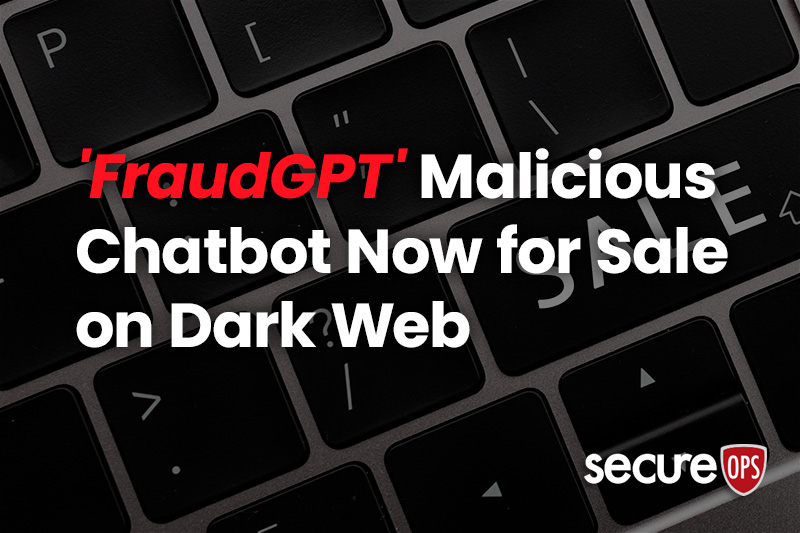How CASB Solutions are Improving Cloud Security
Cloud access security brokers (CASBs) are on-premises, or cloud-based security policy enforcement points, typically placed between cloud service consumers and their cloud service providers (CSB). The solutions often combine and add enterprise security policies when cloud-based resources are accessed. Further, CASBs have the ability to consolidate multiple types of security policy enforcement. For example, security policies include authentication, single sign-on, authorization, credential mapping, device profiling, encryption, tokenization, logging, alerting, malware detection/prevention, and more.

Figure 1 – How cloud access broker solutions work
With increased cloud adoption, CASBs are attractive to enterprise security for their various cybersecurity tools including access control, and data protection functions. They provide control over corporate data that is either in motion or at rest and in cloud platforms and apps. Today, CASBs are critical because:
- The growth of countless cloud platforms and applications including apps like Microsoft 365 and Salesforce have made traditional network security tools, such as data center firewalls, far less effective.
- IT security teams don’t have control over security tools they had prior to the adoption of the cloud. Additionally, because end users have the ability to add a cloud application to their system, IT is unable to effectively manage granular user access controls at that scale.
- IT security can apply policy to provide shadow IT control including cloud data loss prevention (DLP), SaaS security posture management (SSPM), and advanced threat protection which we will discuss in-depth in this post.
The Evolution of Adopting CASBs in Cybersecurity
Currently, as we discuss in our blog post titled “Nearly 50% Of Businesses Had a Cloud-Based Data Breach or Failed Audit,” many IT security teams are still having a difficult time making their legacy security products provide a secured computing environment. Most fail because the products are not designed to handle the modern cloud. Legacy products often create blind spots, putting sensitive data at risk of loss, exposure, and abuse.
According to analysts from Gartner, every enterprise with a significant cloud presence needs a cloud access security broker (CASB) to protect its cloud-based data
Five to ten years ago, CASB was the new face in the security game, protecting all cloud assets and helping to identify activity outside of an organization in the public cloud. CASBs have evolved into a security workhorse that controls cloud security and helps take over where traditional DLP solutions fall short. Incidentally, DLP, or Data Loss Prevention, is a cybersecurity solution geared to detect and prevent data breaches. Because it blocks the extraction of sensitive data, organizations use it for internal security and regulatory compliance.
In this article, we will compare traditional DLP solutions to modern-day CASB solutions to look at some of the advantages that modern CASBs bring to the table. We will also look into popular CASB solutions and discuss some of the security tools they integrate with. You may be surprised how much endpoint security coverage is integrated into a CASB solution.

Figure 2 – How data loss protection solutions work
Comparing DLP to CASB
Data Loss Prevention systems or DLP have been around for quite a while. Unfortunately, they haven’t changed much concerning how they function. Primarily, they are looking to match different data types and search for data that matches specific data syntax, like credit card numbers or social security numbers. This detection method was excellent in its day, but now it is much too static for a dynamic-centric future.
Threat actors are much more creative, so organizations must adjust how they detect and prevent data loss from organizations. CASB or, again, Cloud Access Security Brokers have come a long way in a short period, however, they still rely on traditional DLP controls.
Another feature of CASBs is the ability to control data from a file integrity perspective or FIM. This FIM enhancement allows companies to control where different data types live and administer who can interact with them, thus preventing data from being copied to a different location and leaving a warning for the user, informing them of why this action is not permitted.
Therefore, not only do CASBs cover your existing legacy DLPs workflow, but they also adapt to plug into any of your newer cloud-native tools. Whether it be communication tools like Slack or cloud storage like google G-drive, CASB’s are geared to eliminate any gaps going in or out of your on-prem and extended cloud environment.
Primary Benefits of an CASB solution
Now that we have a solid understanding of how newer CASBs differ from traditional DLP solutions, let’s dive into the primary benefits that you can use as drivers for conversation within your organization.
1. Offer Tiered Pricing on High-level features
Let’s say you want cloud protection but are not ready to shift away from your inline DLP, no problem; modern CASBs are priced by functionality to allow companies to handle and move data whenever it is most convenient. For example, organizations can purchase a Slack and Google cloud monitoring package and hold on to inline DLP until their team can attack it.
2. File Level Control
You no longer have to worry about data leaving your network via the public cloud; with File level controls, you can implement policies to prevent internal data from being shared with public cloud sectors like Google, Dropbox, or Box. At the same time, you can also enforce alerts for the end user to help train them on what they are doing wrong and why it is crucial to stop doing it. Overall, organizations can proactively and reactively protect their digital assets.

Figure 3 – CASB delivers benefits across 4 critical areas of IT security
3. In-depth regex and AI-infused exact data matching
Instead of searching for specific value patterns and shifting through false positives within the traditional DLP solutions, organizations are adopting a CASB solution to handle the work by applying exact data matching techniques. Thus, organizations can either pull in actual examples of data specifics or even use AI to detect usage and behavioral trends.
4. Integrated Security Tooling
Most modern-day CASBs are API-centric and integrate well with an organization’s SIEMs, EDRs, and other security solutions. These integrations can be just for enhanced intelligence or even two-way controls to better act on alerts that may be generated. We discussed security tool integration in our blog post, “How EDR Solutions are Bolstering Cybersecurity Defenses,” which provides additional detail about solution integration.

Figure 4 – How CASB solutions integrate with other IT security solutions
Can CASB integrate with my other security tools?
The answer is yes! Increasingly, security vendors have learned that becoming API-centric is the way to go from a business value perspective and a security stance. The following are some standard integrations within a CASB solution that are ready to plug and play.
- EDR (Crowdstrike, SentinelOne, etc.)
- SIEM (Splunk, Sumo Logic, Rapid7)
- Vulnerability Management
- Authentication (Okta, Duo)
- NDR (forecourt)
- Traditional DLP (Proofpoint)
What are some examples of popular CASB solutions?
I’ve provided a list of some of the most popular CASB solutions. These are ranked in order of both popularity and performance. Before diving into any conversations with these vendors, it is still essential to do your homework on which solution may best apply to your specific environment, as each has its own pitfalls and advantages.
- Netskope
- Palo Alto SaaS Security Prisma
- Abnormal Security
- Bitglass
- Forcepoint
- Microsoft cloud app security
- Zscaler
- FortiCASB
- Proofpoint CASB
While there are many other CASB solutions on the market, these have proven to not only put out a good product, but also are behind a reputable name that you can trust.
Conclusion
The benefit of cloud computing is also its drawback because users can access cloud environments from anywhere with an internet connection, however, cybercriminals have the ability to access the data as well. Organizations should design and implement a cloud security solution to protect against an increasing range of threats and increasingly sophisticated attacks within the cloud environment. Traditional security strategies, intended to protect on-premises hosted networks and associated assets, need to be updated to address the threats related to the cloud environment.
DLP solutions will likely always be around, however, organizations should start planning to integrate a CASB solution that can better leverage their existing security tools to grow with your organization’s objectives. I recommend writing down what is essential from a DLP solution perspective that will make you realize that its traits are all those of a modern-day CASB solution. With the ability to plug and play with modeled price tiering and a deep integration suite to maximize your security arsenal, a CASB solution is the future of data control for the foreseeable future.
After reading this article, if you are still concerned with where or how you should start your CASB journey, reach out to us here at SecureOps and let our team of IT security specialists do what we do best.
To Learn More About How to Secure Your Cloud Solution Please Call Us – as Always, We Are Happy to Help – 1 (888) 982-0678.
You Can Also Fill Out Our Contact Us Form to Talk with a Security Specialist – https://secureops.com/contact-us/







